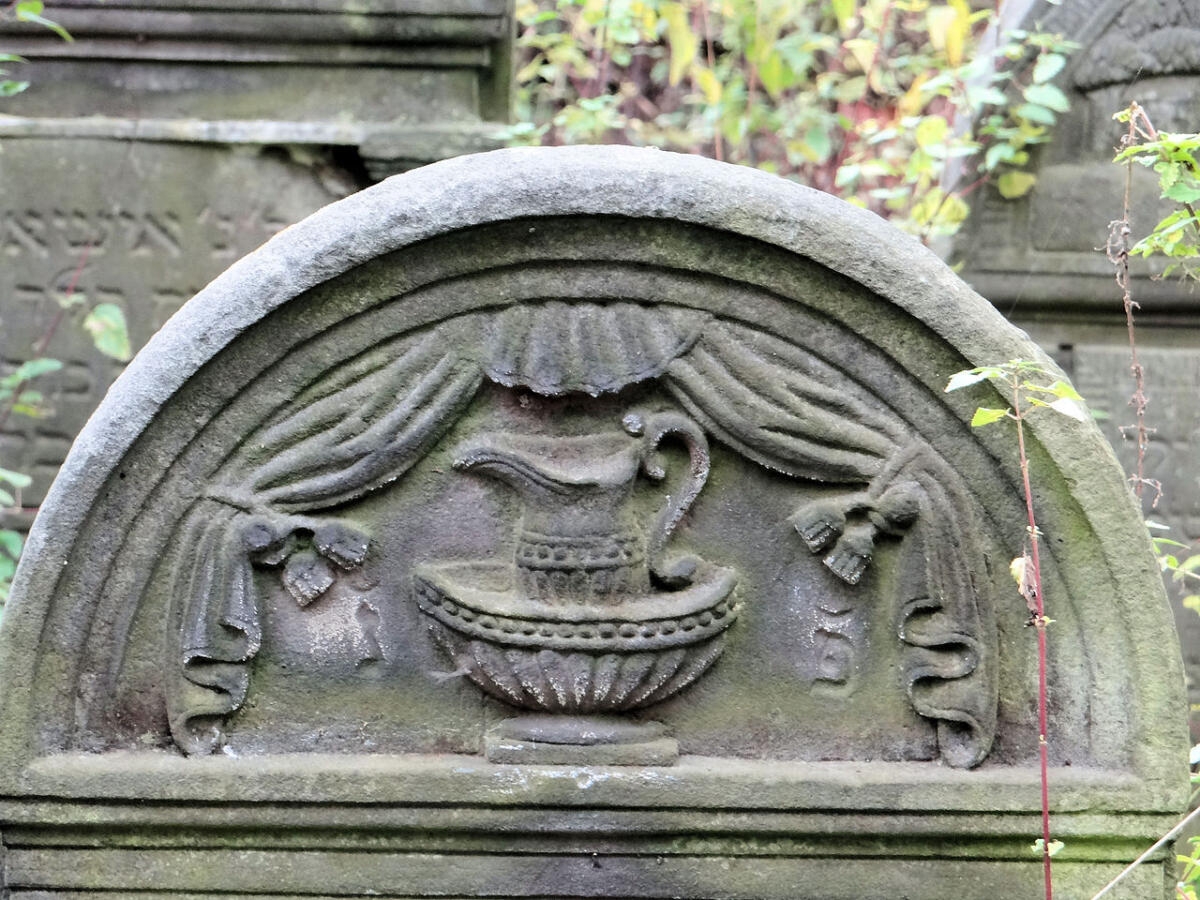Levites are descendants of the tribe of Levi, one of the 12 tribes of ancient Israel. The Levites served as ritual caretakers of the Temple.
The Levites included a subgroup, the kohanim (priests), who are descendants of Moses‘ older brother Aaron. After the exodus from Egypt, when the Israelites established the mishkan, the tabernacle that served as a portable temple in the wilderness, Aaron was appointed as the first high priest. The priests from Aaron’s line were responsible for performing sacrifices in the Temple while the other Levites filled a variety of supportive roles: preparing the sacrifices, washing the hands of the priests, making repairs to the Temple and its equipment, making music in the Temple, etc.
Some Jewish families today have a tradition of being descended either from the tribe of Levi or specifically from the kohanim. Levitical families often have names that indicate this lineage, such as Levy, Levi, Halevy or Levine (also, less obviously, Horowitz and Epstein). However, having one of these names does not guarantee a person is a levite. Likewise, priestly families sometimes have names that indicate their heritage: Cohen, Kohen, Kahn, etc.
Today, Levites and kohanim comprise about 8% of the worldwide Jewish population. A genetic study in 1997 determined that large numbers of people who believe they are kohanim, whether they are Ashkenazi or Sephardic, share a group of markers on the Y chromosome. To find out how to be tested for this gene, contact the Center for Kohanim in Jerusalem.

Help us keep Jewish knowledge accessible to millions of people around the world.
Your donation to My Jewish Learning fuels endless journeys of Jewish discovery. With your help, My Jewish Learning can continue to provide nonstop opportunities for learning, connection and growth.
To honor their special status, the second aliyah of the Torah service is traditionally reserved for someone who is a Levite. In synagogues where the kohanim offer a priestly blessing, sometimes a Levite will wash the hands of the kohen first — in honor of the traditional role of Levites washing the hands of the priests in the Temple. For this reason, sometimes Levite tombstones are decorated with an image of a water pitcher. Levites are also exempt from redeeming their firstborn children in the ceremony of pidyon haben. In some communities, the honor of leading the Grace After Meals (Birkat Hamazon) is also reserved for a kohen or Levite.
Levitical status is passed through the male line. A boy is a Levite if his father was, and a girl whose father was a Levite is called “bat levi.” In American Conservative Judaism, a bat levi performs the same roles a levite would in a synagogue service. Although the children of a bat levi are not considered levites, they are still exempt from pidyon haben.
Torah
Pronunced: TORE-uh, Origin: Hebrew, the Five Books of Moses.

Help us keep Jewish knowledge accessible to millions of people around the world.
Your donation to My Jewish Learning fuels endless journeys of Jewish discovery. With your help, My Jewish Learning can continue to provide nonstop opportunities for learning, connection and growth.



